A handbag that sells for more than $10m. It sounds absurd, until you realise that’s exactly what happened at the Sotheby’s auction in Paris on July 10, where the original Hermès Birkin bag, custom-made in 1984, changed hands for the price of a small island.
While most of us shake our heads at such prices, you can see why investors start breathing heavily. Luxury brands have something most businesses can only dream of: loyal customers who willingly pay astronomical prices for products that often cost a fraction of the sale price to produce. Margins of 10 times or more aren’t unusual. Combine that with scarcity, immense brand loyalty, and tightly controlled supply chains, and you get companies with enormous pricing power and often enviable profits.
Still, I’d argue that the brands you love to wear aren’t always the same ones you should own in your portfolio, which I’ll get to later.
Less is more
But first, let’s talk about luxury’s many “moats” – the competitive advantages these firms enjoy.
Unlike fast fashion, luxury brands deliberately restrict production and limit access to their goods. In the case of buying a limited-edition Ferrari or securing membership at the famous Augusta National Golf Course, asking directly is just about the worst thing you can do.
For any astute capitalists reading, this may seem odd, but in the world of luxury you typically need to be invited to purchase one of these rarities. Usually, you’re only invited once you’ve made other purchases with the brand. And when a brand has customers willing to wait months or years for the privilege of paying 10 times production cost, you know it has pricing power.
The Hermès Birkin has become the benchmark for comparing returns on luxury goods themselves versus investing in the companies that produce them (or any equity investment for that matter). But even without diving into resale markets, the Birkin – and Hermès more broadly – is a perfect example of how extreme scarcity and deep brand power translate into remarkable pricing dynamics. This is encapsulated in Ferrari’s long-standing philosophy: “Always sell one less car than the world demands.”
The other key factor that contributes to the investment case is the heritage of most of these companies. In most industries, a great product, smart marketing and some capital can help you gain market share. Not quite so in luxury. You can’t build a 170-year-old leather goods empire overnight. You can’t fake heritage, and you certainly can’t rapidly accelerate the decades (or centuries) it takes to earn cultural relevance, elite status and brand trust. That’s the moat. Luxury brands don’t just sell products, they sell mythology; a story, woven into history, pop culture, royal families, red carpets and generational wealth.
This is why new entrants struggle to gain traction and market share. The technical aspects of making a high-end handbag or watch can certainly be replicated. But the perceived value, the invisible premium consumers are willing to pay, belongs almost entirely to legacy brands with established prestige. Even when newer brands do succeed (think Tom Ford or Off-White), it’s often because they partner with or get acquired by the big players.
From an investment standpoint, these moats mean fewer direct competitors, pricing power that lasts decades, and greater resilience in economic downturns. “In the luxury business you have to build on heritage,” Bernard Arnault, CEO of LVMH, once said. And even in downturns, demand at the top end often holds up better than the middle. When consumers cut back, it’s primarily the mass market that takes the biggest hit, not the segment selling €30,000 handbags or €200,000 watches.
Having said that, eye-watering margins aren’t without risk. Luxury brands rely heavily on perception, and perception can shift. Tastes change, scandals happen and overexposure can dilute prestige. While scarcity creates pricing power, it can also limit scalability, especially if a brand loses relevance. Investors should keep in mind that luxury is built on intangibles (and often debt), and that makes it harder to model.
A great example of the inherent risks of investing in this sector is Kering SA; specifically, its flagship brand Gucci. You might love Gucci. You probably live in your loafers, come rain or shine. The company has all the ingredients you’d expect in a long-term luxury winner: heritage, European roots and strong brand equity.
But that doesn’t mean you’d have made money owning the stock. In fact, if you’d bought Kering shares five years ago, you’d have lost more than half your money. Gucci’s sales fell 25% in the most recent quarter, prompting a turnaround that rests on a new creative director and a new group CEO. That’s a big bet – and this is exactly the kind of scenario that highlights why brand love doesn’t always equal shareholder value. Consumer tastes shift, creative misfires happen, and even iconic names can fall out of favour
The who’s who
While the luxury world might seem fragmented from the outside, it’s dominated by a handful of powerhouse companies. You might not recognise names like LVMH, Richemont or Capri Holdings, but you definitely know their brands.
LVMH owns everything from Louis Vuitton, Dior, Givenchy, TAG Heuer, Moët & Chandon, Hennessy and Dom Pérignon, to the recently acquired Tiffany & Co. It’s the largest luxury group in the world by revenue. Kering, besides Gucci, owns heavyweights like Yves Saint Laurent, Balenciaga and Bottega Veneta.
Richemont, a Swiss and South African-listed group, focuses more on high-end jewellery and watches, controlling brands like Cartier, Van Cleef & Arpels, IWC Schaffhausen, Montblanc and Peter Millar.
Hermès stands largely alone. While it has resisted joining a conglomerate, its single-brand strength makes it one of the most valuable luxury companies globally.
And then there’s Capri Holdings, which owns Versace, Jimmy Choo and Michael Kors.
Hermès aside, these conglomerates can spread their risk across dozens of brands, price points and categories. While one brand might fall out of favour, another might pick up the slack. Their scale also grants them massive marketing budgets and superior supply chain control. As an investor, owning shares in one of these groups means owning a portfolio of brands, not just betting on a single label.
External shocks
That said, even these dominant players aren’t immune to external shocks. Luxury is a consumer discretionary category, and demand can soften in economic downturns. The reliance on Asia, particularly China, for growth, has introduced geographic and regulatory risk. The slowdown we’ve seen in Chinese consumer spending has weighed on earnings for these luxury goods businesses in the past three years.
It helps explain the divergence in the share prices of luxury goods companies over the past couple of years. While LVMH and Richemont enjoyed an astounding rally over the Covid period (to 2023), their fortunes have taken a turn for the worse since. LVMH for example, rallied 172% between April 2020 and May 2023 when its share price peaked at €885, but the stock is now at €473 a share – meaning its five-year performance is actually only a gain of 15%.
Hermès, on the other hand is 222% up over five years; not having peaked and fallen in quite the same way LVMH did. Richemont has fared well too over the half decade – excluding the Covid extremes it’s up 208% over five years, while Kering has lost almost 63% in value. Ferrari has gained 175% in value over five years.
Investing in luxury goods companies is clearly different from buying into banks or energy stocks. There’s a qualitative layer to it. It’s part investment analysis, part art. You’re evaluating not just revenue and cash flow, but culture, legacy, perception and scarcity. You’re asking: what makes a brand timeless, and will it still matter 30 years from now?
Top image: Rawpixel/Currency collage.
Sign up to Currency’s weekly newsletters to receive your own bulletin of weekday news and weekend treats. Register here.



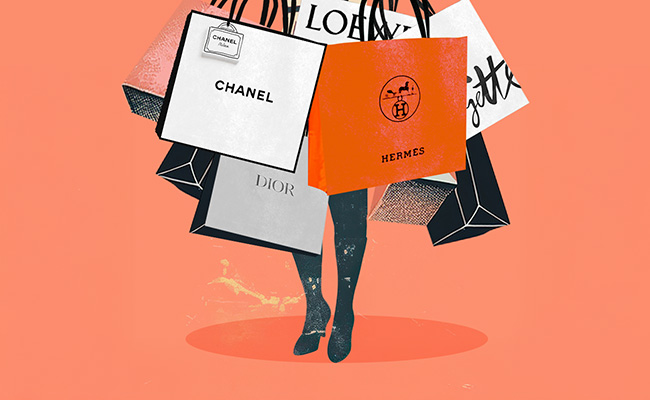
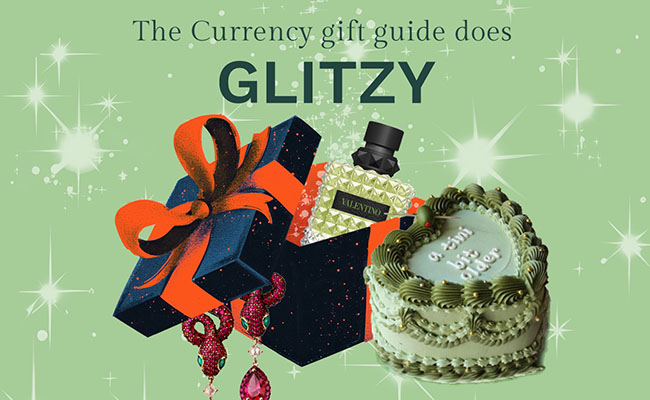
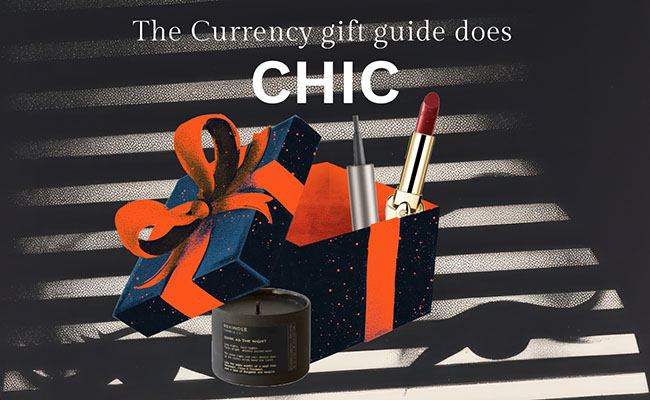





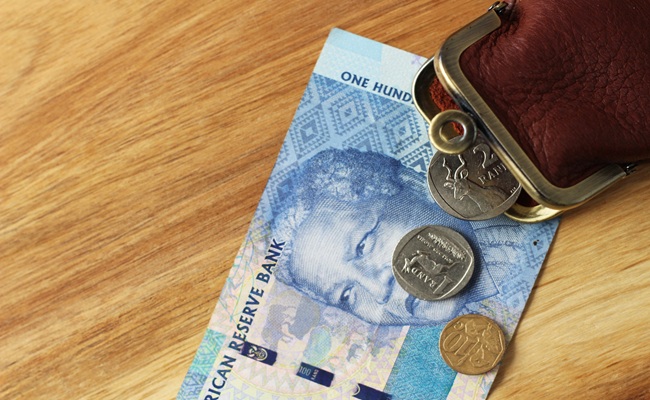


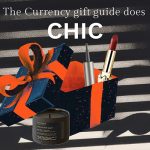
Yourself and David Shapiro should have coffee together, he likes talking about luxury stocks; nice article. Ferrari, Richemont and Hermès cater to the ultra rich, these companies products can also be passed down to generations; their products are timeless!
Hi Ngakane, thanks – David Shapiro kindly made himself available for a coffee recently and we had a good chat about these luxury stocks. Glad you enjoyed the article.